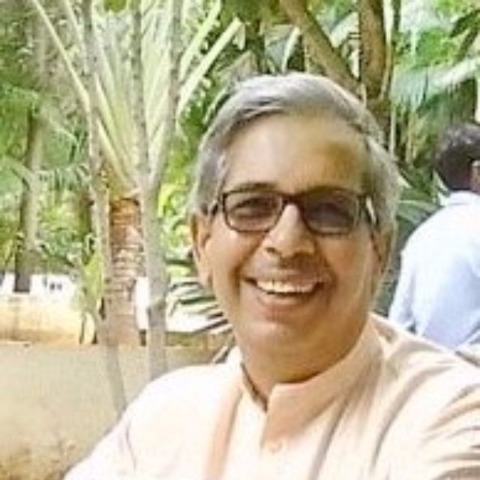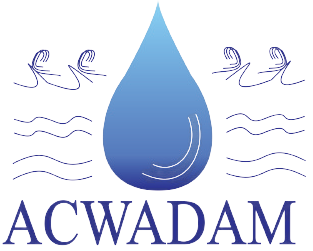Mission
To make all round efforts to maintain sustainability of groundwater resources. Bhujal Abhiyan is a mission spearheaded by a diverse group of technical experts, including hydrologists, geo-hydrologists, social workers, doctors, IT specialists, and others.
Vision
Enhance the ability of individuals and entities in urban areas to effectively manage groundwater resources by implementing strategies for governance, aquifer mapping, and Managed Aquifer Recharge (MAR) as well as utilizing monitoring tools.
This mission collaborates with other organizations that share similar objectives, with the aim of promoting the conservation, restoration, and sustainable use of urban groundwater resources.
Bhujal Abhiyan conducts awareness campaigns aimed at various stakeholders, which include Urban Local Bodies, Industry Associations, Academia, Institutions, and the public.
Bhujal Abhiyan is promoting scientific groundwater recharge along with Pune Municipal Corporation, Pimpri-Chinchwad Municipal Corporation, PMRDA (Pune Metropolitan and Regional Development Authority), MIDC, GSDA (Groundwater Surveys and Development Agency, Government of Maharashtra), Ministry of Housing and Urban Affairs (MoHUA), Government of India, Nagar Parishads, and many educational institutions.
Bhujal Abhiyan actively participates in the formation of policies and governance strategies for the groundwater sector. Bhujal Abhiyan stays connected with society through a YouTube channel as well as other social media, for dissemination of authentic technical knowledge and advice, related to groundwater management.
.png)








